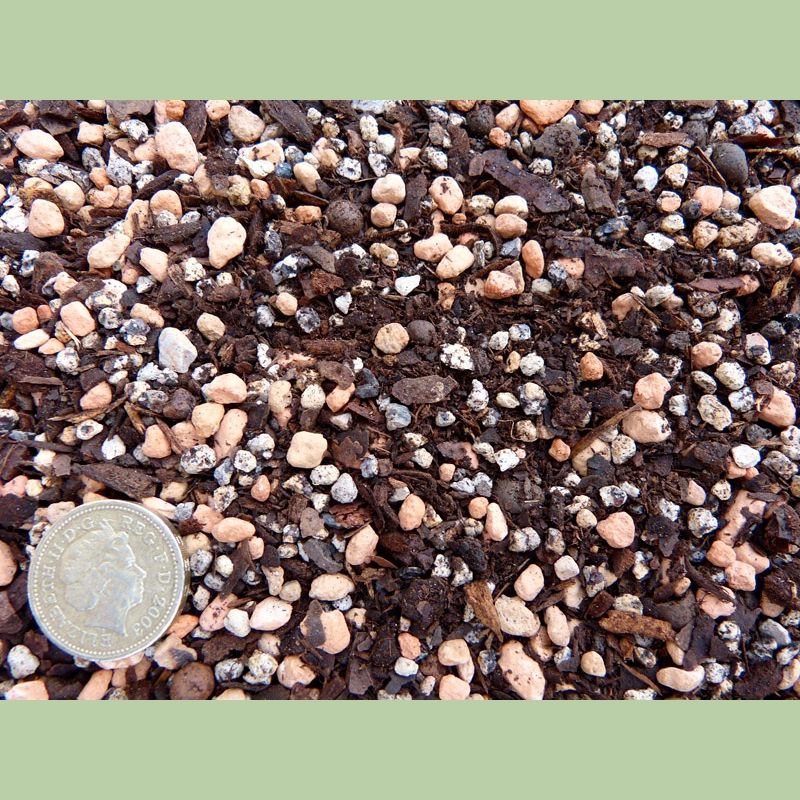Hello Mr.F.Pants,
nah, no sweat, happy if it helps.
Here's the kicker, the compost we use is aged for at least a year, after sifting from the compost heap. It is fine, as particle size goes.
Used at 30% to 10 % by volume.
However we have never had clogging or other problems. In fact after a year, especially if combined with peatmoss, the observation is the organics clump together as irregular shapes, often the size of the inorganic particles. Seen with trees that have acidic responses in soil, Tamarind, or Murraya p. for example.
We do sift and re-use old soil, adding back fresh inorganic and organic.
I do wonder, since our climate allows for extra activity, should we not hit problems faster?
In repotting the Texas Ebony, now about 33 years old, close to the core [ using the pie cuts ]
checking for a restart of a main tap root [ thankfully none ], the soil was mostly inorganic with a little organic , plus spaces.
AND this tree was grown in the time when up to 50% manure was the growing medium plus mostly crushed red brick [ checked the notes.]
I would however be afraid of non-composted material, especially at the core. Old gardener's information about excess nitrogen and all that.
We never had problems with soil mixes, so we never looked up the Nitrogen bit.
Isn't Cali-dama a nautural hard iron/clay pan, just broken up for use?
Good Day
Anthony




